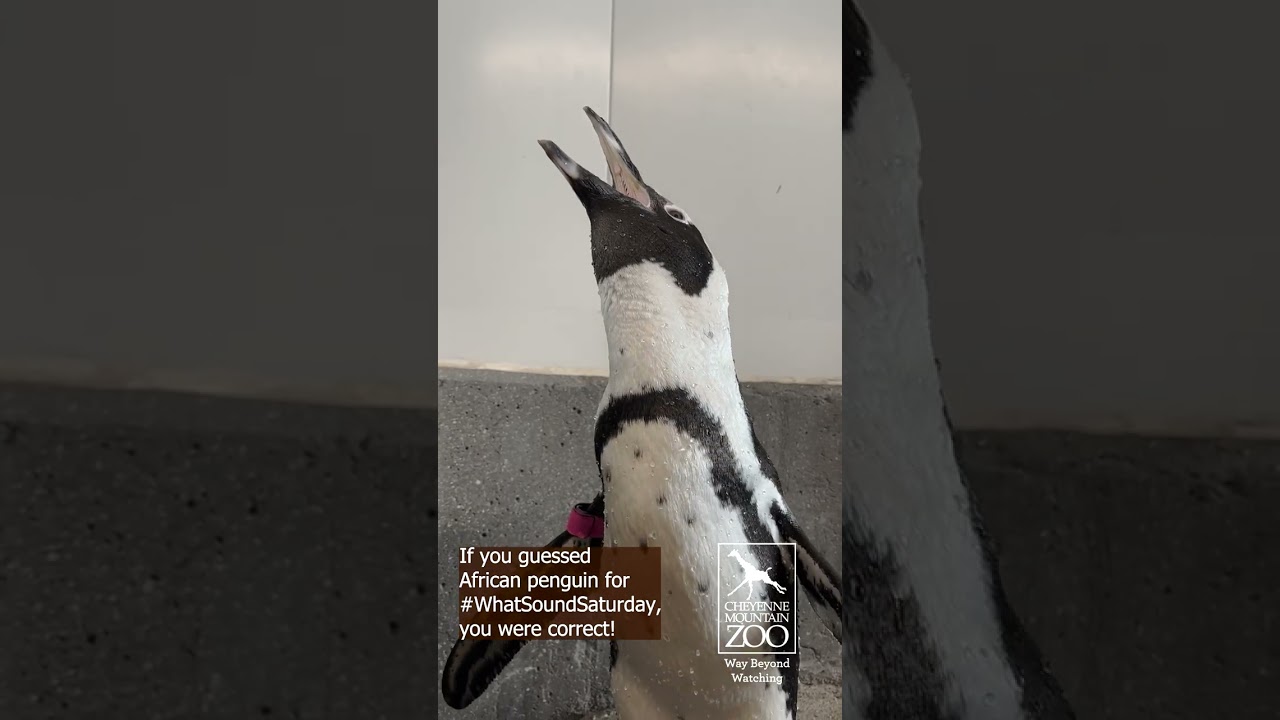– Discover the vocal secrets of the African penguin and its amazing communication abilities.
– Explore the significance of individuality in penguin calls.
– Delve into the reasons behind the penguin’s distinct braying sound.
– Learn about the conservation efforts and challenges for African penguins.
Welcome to a riveting journey into the auditory world of our feathered friends – not just any birds, but the distinguished African penguins. These tuxedo-clad creatures are charming models of upright waterfront promenading and possess an extraordinary form of vocal prowess that has intrigued enthusiasts and scientists alike. Let’s explore their vocal chords and discover the symphony they orchestrate in the animal kingdom.
To start, the African penguin, also known as the jackass penguin, has garnered this less-than-glamorous nickname due to its surprising donkey-like braying. It’s a fascinating juxtaposition – the elegant bird, often associated with silence in popular culture, emitting a call that couldn’t be further from silent. But even more fascinating is that each penguin has a distinct bray that rings out as its signature sound.
Now, you may wonder why these birds, adapted to the serene coastal regions of Southern Africa, would evolve to have such a loud, almost un-birdlike vocalization. It’s all about communication and the bond between mates. These calls are vital in individual recognition amongst the cacophony of a crowded colony. With the din of hundreds, sometimes thousands, penguins need to be able to identify their partner or offspring, and the uniqueness of each bray makes this possible.
Venture closer, and you’ll discover that their braying is not without variation. Much like human speech, these penguins use different pitches, volumes, and frequencies to convey messages – perhaps a ‘hello,’ a show of strength, or a plea for partnership. These nuances in their “language” weave the fabric of their social structure and ensure the smooth running of penguin society.
Did you know that African penguin populations face numerous threats, and their numbers are declining? It’s true – these birds are now listed as endangered, with their population having decreased by more than 60% in the last 30 years. Overfishing, habitat destruction, and climate change are the primary culprits for this decline. Each of these factors disrupts the delicate balance of the penguin’s ecosystem and reduces their chance of survival.
But all is not lost. Numerous conservation efforts are underway to attempt to reverse the decline of these charismatic birds. These include establishing new marine protected areas, improving fishery management, rehabilitating sick and injured individuals, and raising awareness about the penguins’ plight. Each bray, therefore, is not just a communication tool; it is a call to action, a reminder that these remarkable animals need our help to continue strutting and vocalizing along the coastlines they call home.
As you ponder the talkative nature of African penguins, you might find yourself more attuned to the wildlife in your backyard. Whether it’s the chatter of squirrels, the croaking of frogs, or the whistle of the wind through the trees, each component of nature’s orchestra plays a significant role in the narrative of life on Earth. The African penguin is merely one soloist among the chorus, though it has an unforgettable tone.
What might seem to us humans as an amusing quirk of evolution is, for these flightless birds, an intricate system of identity and community. It’s a testament to the complexity of the natural world, a world that, despite our advancements, we are only beginning to understand. The more we learn about these animals, the better equipped we are to ensure their songs don’t fade into silence.
As you close your eyes and picture the African shoreline, with the ebb and flow of the tides and the braying band of penguins performing their age-old concert, remember that every sound and note is a badge of the wild’s diversity and richness. As stewards of the Earth, we carry the responsibility to safeguard this wealth and ensure that future generations will continue to enjoy nature’s magnificent opus.
So next time you hear an unusual animal sound, be it a bray, a bark, a chirp, or a howl, pause for a moment. Reflect on the complexity and the beauty it represents. In its unique way, each sound is a reminder that we share this planet with a myriad of other life forms, each with its own story and place in this intricate web we call life. The braying of the African penguin is more than just a sound; it’s a call for awareness, a reminder of the vibrancy of nature, and an invitation to engage with the wilderness in a way that respects and preserves its splendor.
*****
Source Description
If you guessed Napoleon for #WhatSoundSaturday, you were correct! African penguins are known for making donkey-like braying sounds to communicate; each individual’s bray is unique.


